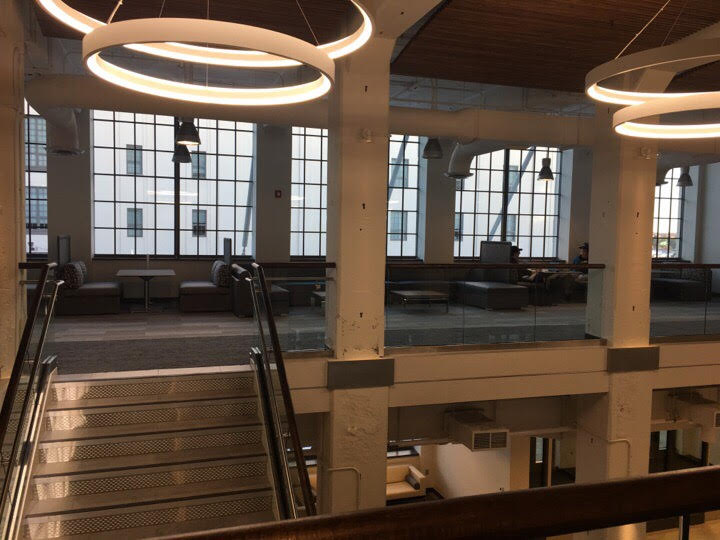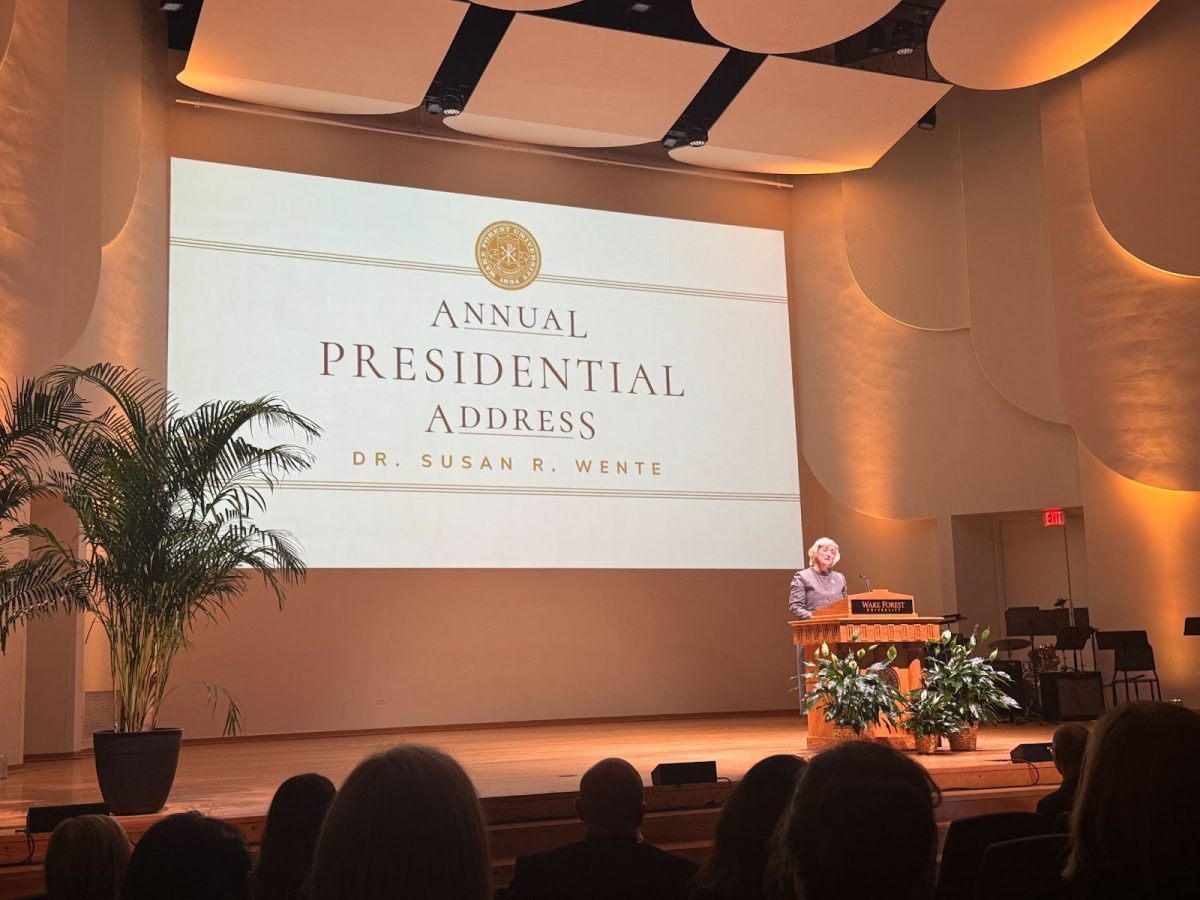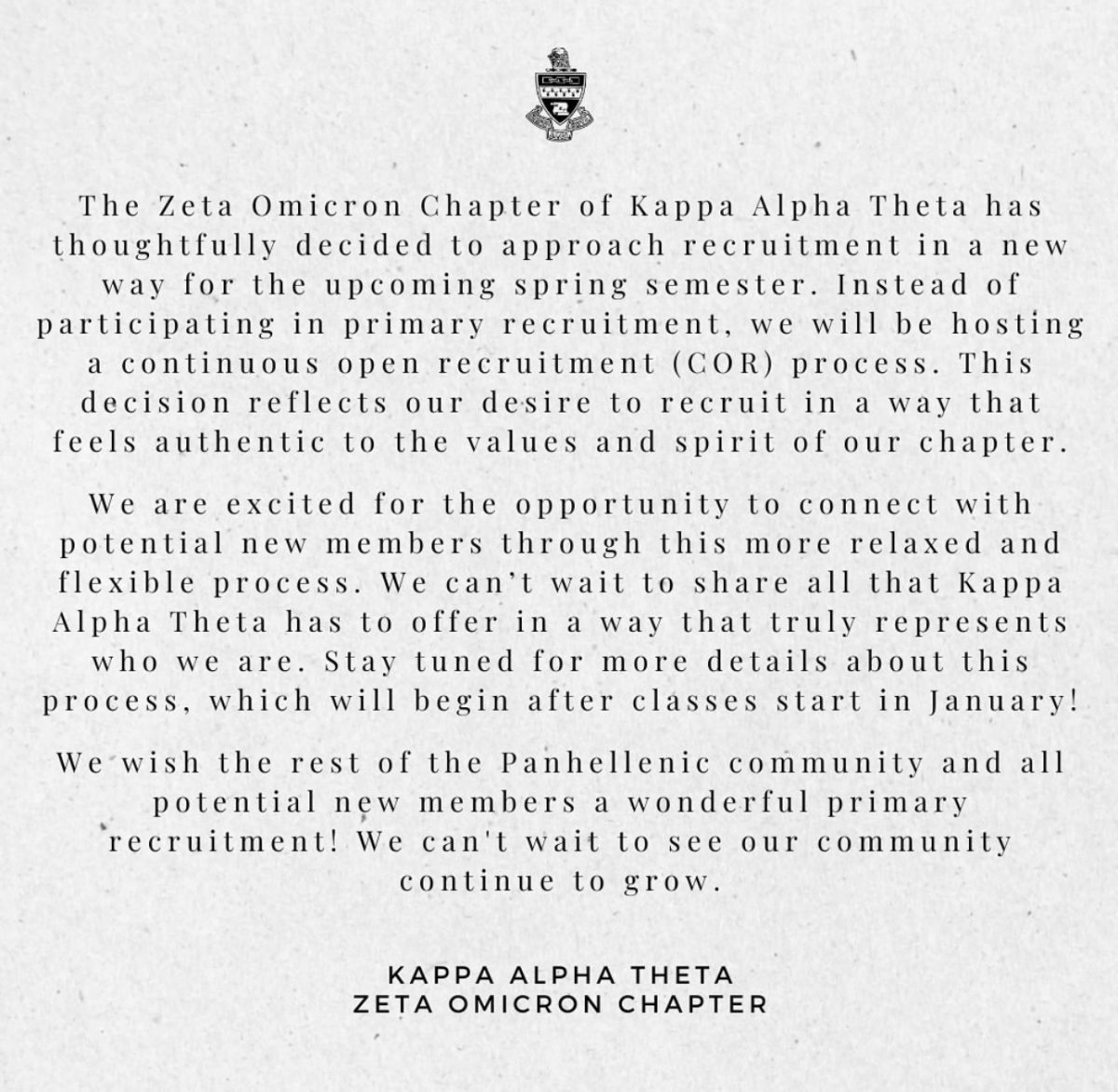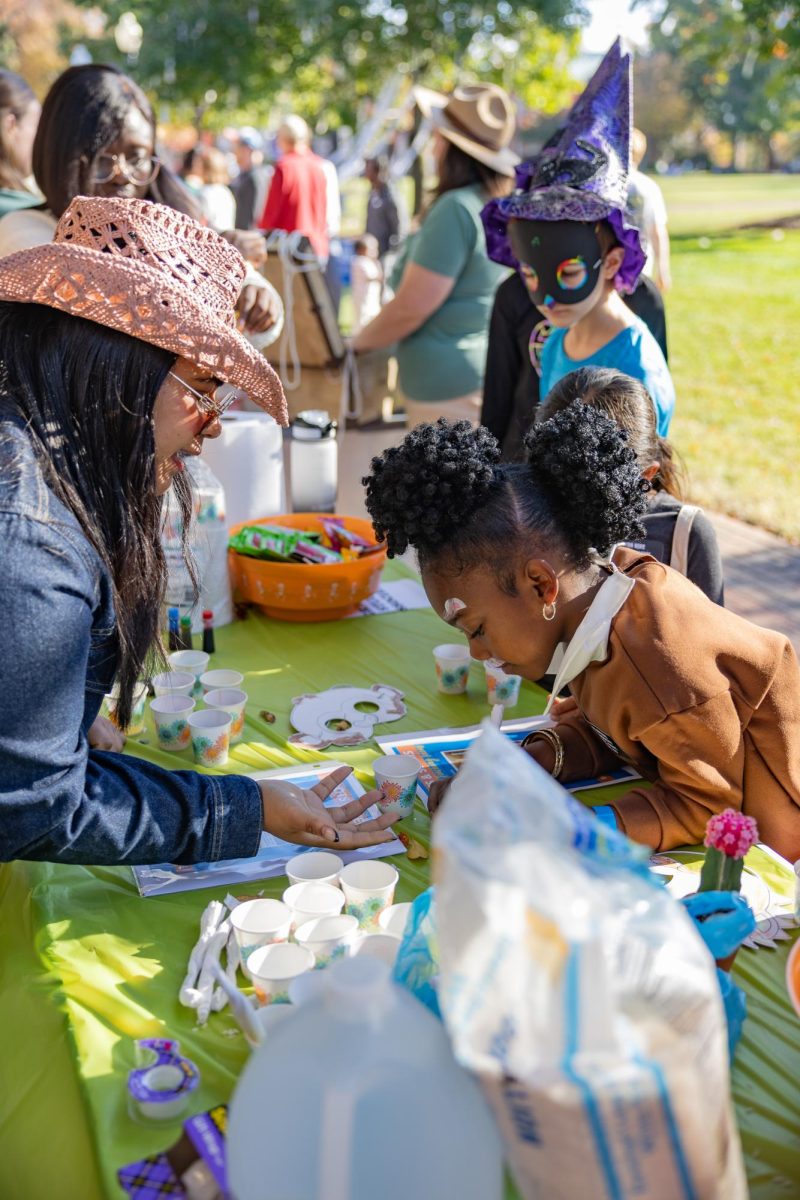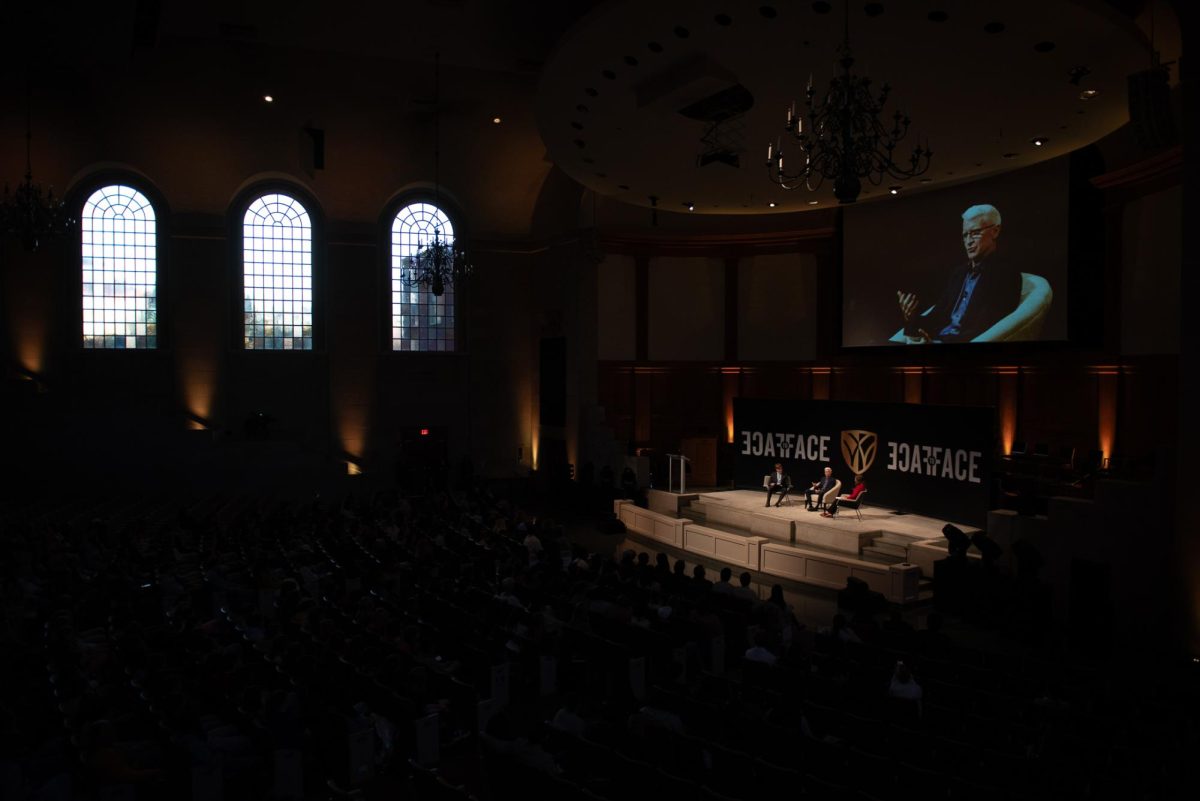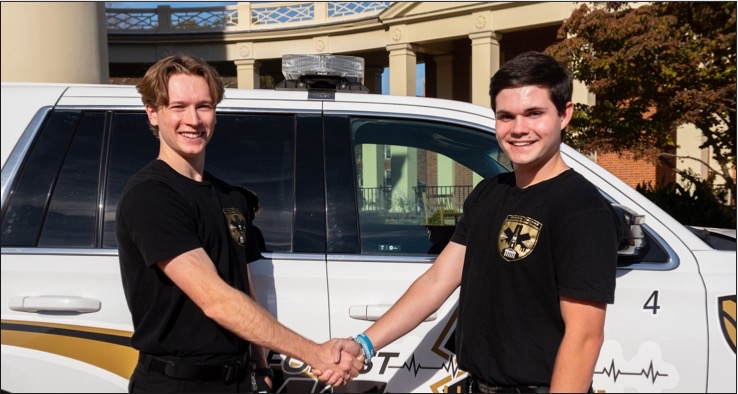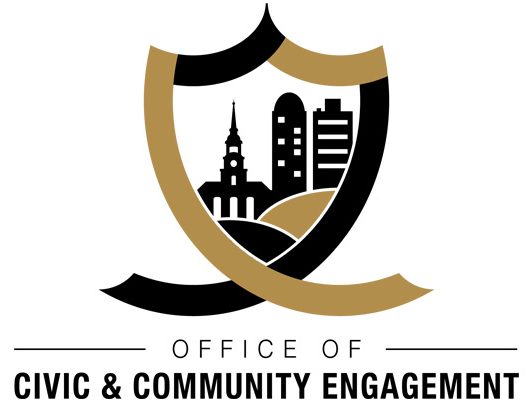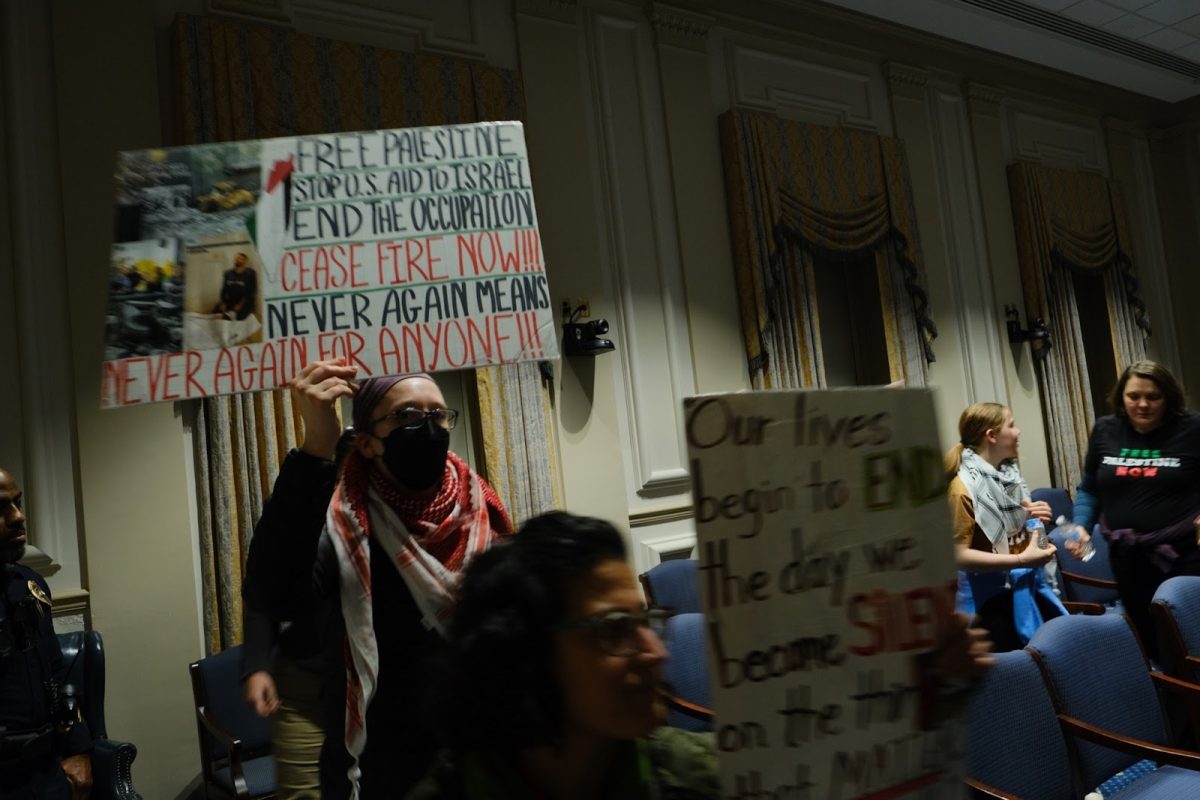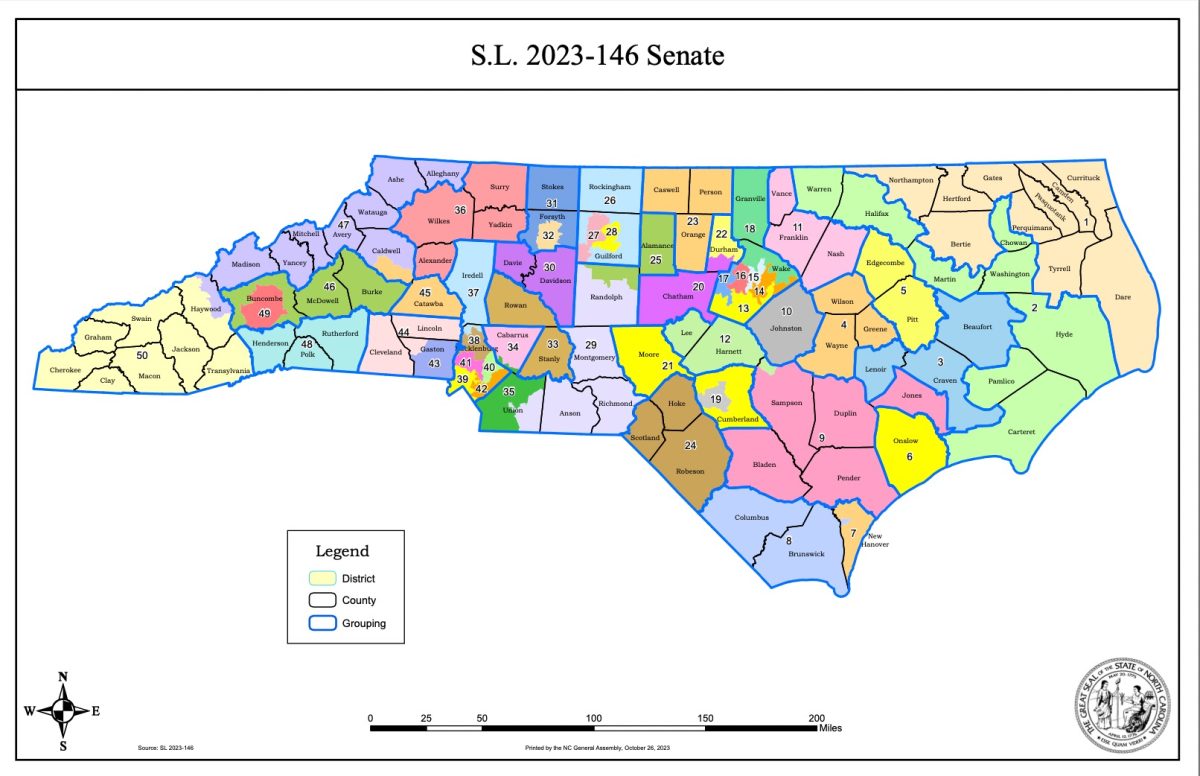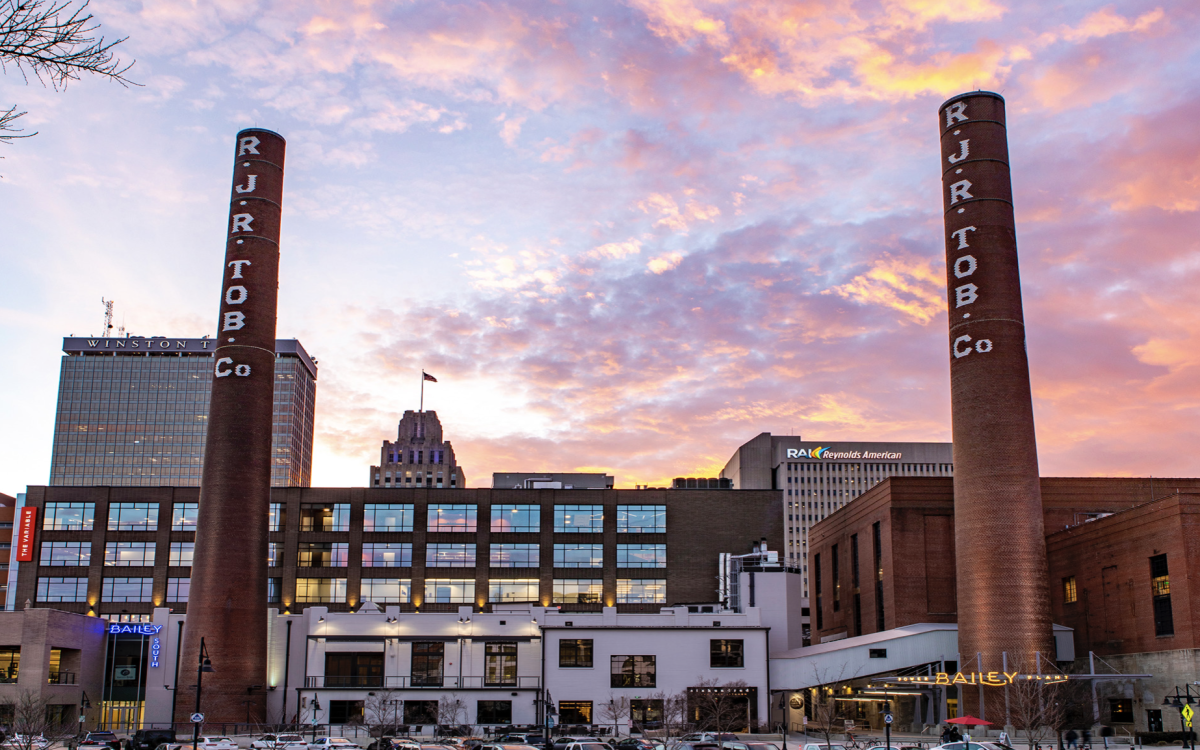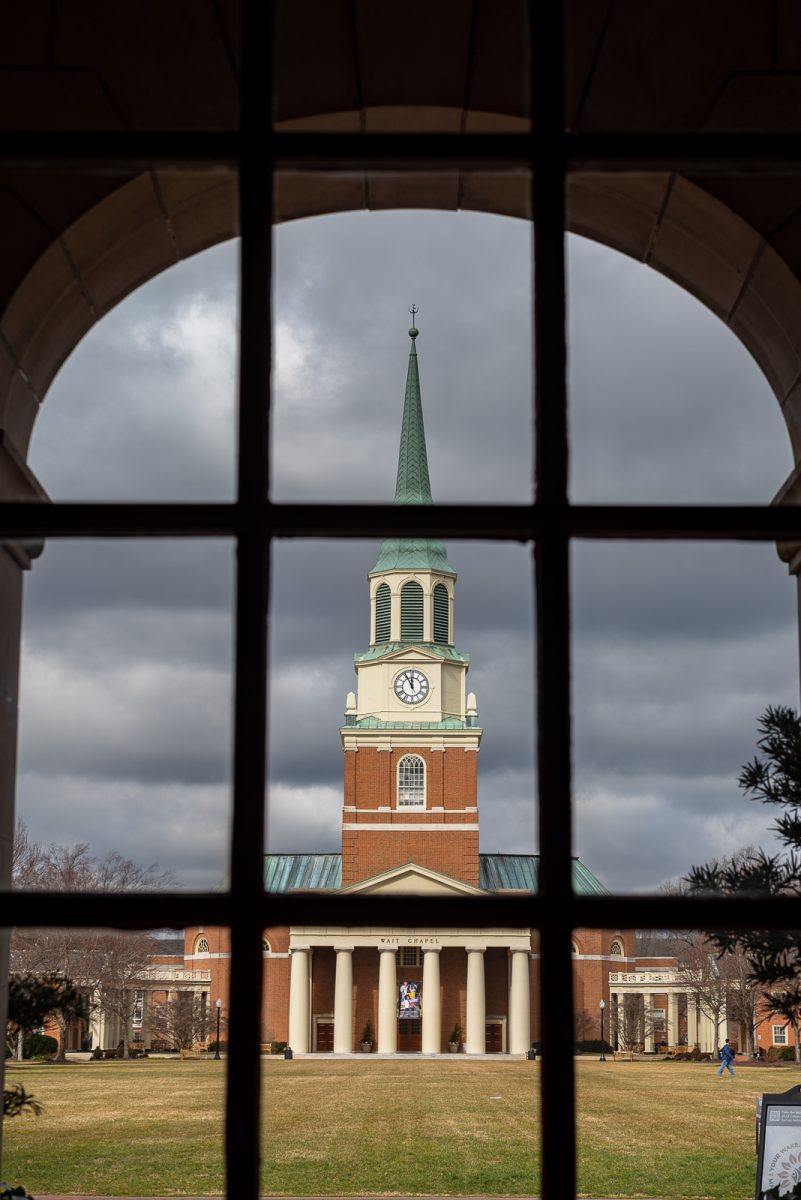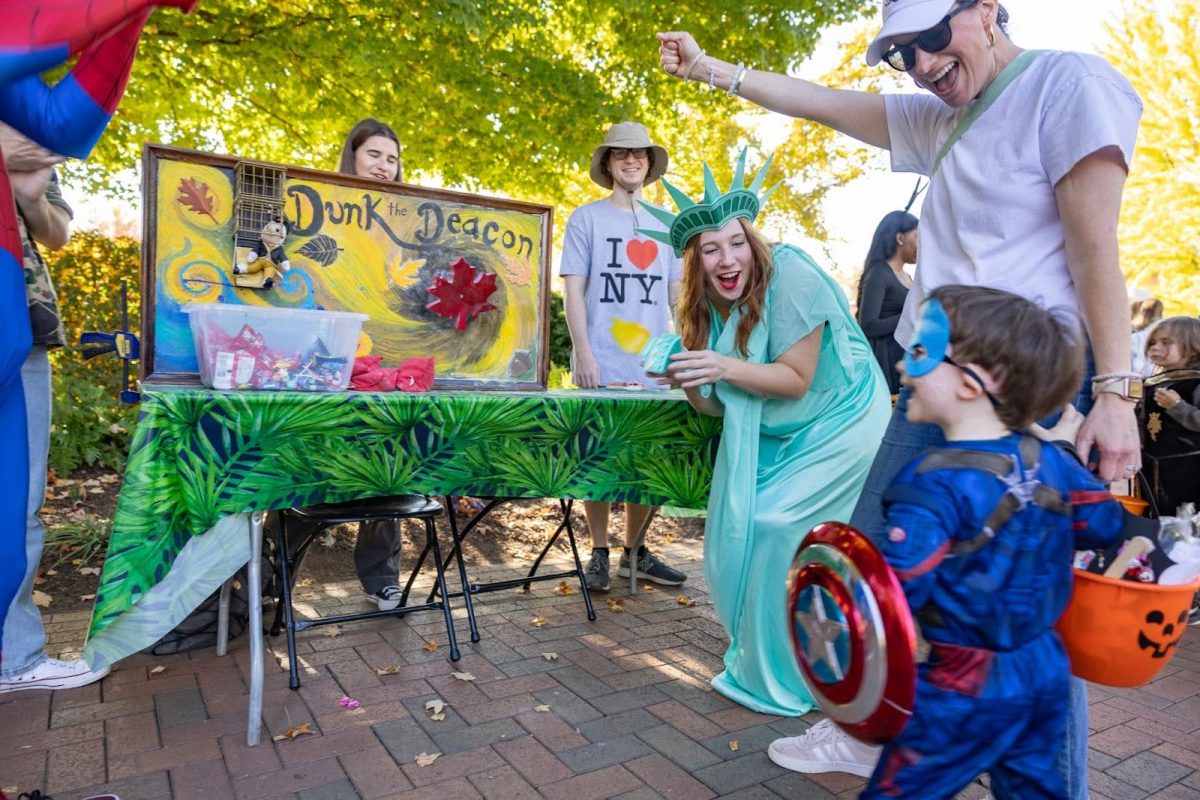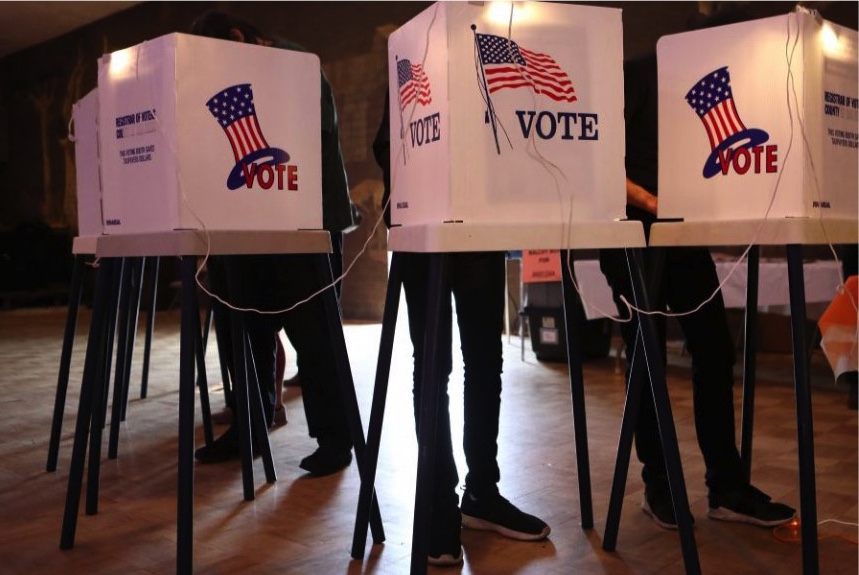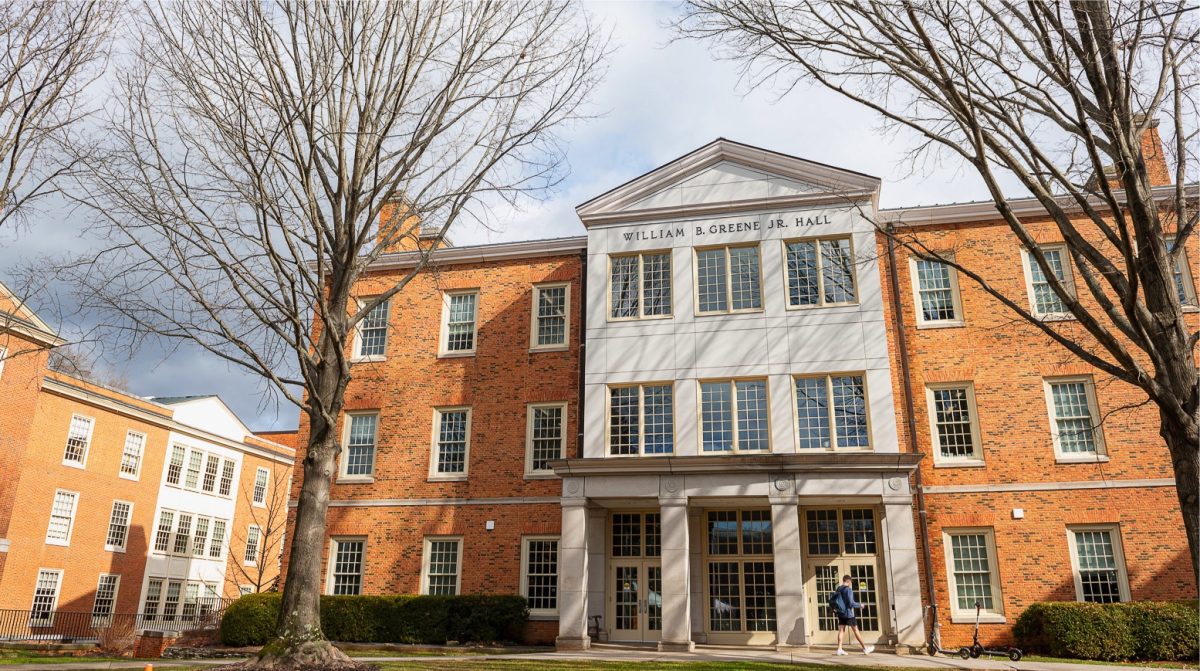On Tuesday, Jan. 10 nearly 300 undergraduate students attended class in a repurposed manufacturing building once owned and operated by R.J. Reynolds Tobacco Company.
The rehabilitated space known as “Wake Downtown” is a state-of-the-art academic and research facility in the heart of Winston-Salem’s Innovation Quarter, adjacent to the Bowman Gray Center for Medical Education.
Among the 18 undergraduate classes that have moved to Wake Downtown, the new space will be home to several new programs of study. This includes bachelor of Science degrees in biochemistry and molecular biology and engineering, a concentration in medicinal chemistry and drug discovery and a minor in biomaterial science.
“The programs that anchor the space will really mix and mingle nicely. We’re right at the interface of medicine, chemistry, biology, and technology once engineering starts this fall,” said Rebecca Alexander, professor of chemistry and director of academic programming at Wake Downtown.
“We hope that both our teaching and our research will go beyond the typical boundaries that people think of as chemistry research or biology research.”
The new facility will also support new undergraduate offerings in entrepreneurship, bioethics, public health policy and the humanities.
“About a third of the classes this semester aren’t science classes, but in education, communication, history, politics and a first year seminar,” said Alexander. “We’re looking forward to welcoming people who don’t think they belong but know they want cross-disciplinary seminars and informal conversations between sciences and humanities, sciences and art, or art and medicine.”
In fact, undergraduates will enjoy an unprecedented opportunity to interact with and learn from medical school faculty, a reflection and extension of the Reynolda Campus’ long-standing commitment to meaningful student-faculty engagement.
“Wake Downtown is the physical convergence of so much: an undergraduate presence under the same roof as the School of Medicine in the urban area of downtown Winston-Salem. That coming together is truly monumental and is one of the most significant developments at Wake Forest in the past fifty years,” said Sam Perrotta, event and project manager in the office of the provost.
Aishwarya Nagar (’16), a recent alumni and Wake Forest Fellow for Wake Downtown, echoed Perrotta’s excitement, saying “Wake Downtown’s new academic programs and proximity to the School of Medicine will provide undergraduates with incredible avenues for complex, intellectually-stimulating collaboration.”
Many students are already confident that Wake Downtown will broaden the scope of their academic and professional experiences as an undergraduate.
“As a potential Ph.D. or M.D. candidate, greater access to both the medical and graduate schools gives me even more motivation to reach my professional goals,” said senior Hakeem Oufkir, a chemistry major with a concentration in biochemistry and a minor in biology.
“Degree-seeking students interested in research will definitely gravitate to Wake more going forward.”
In the meantime, currently enrolled students are uncovering the ways in which the new facility will enrich their academic experience.
“I think being near the medical school might give me more options for research opportunities in the future and allow me to take fascinating upper-level science classes as well,” said sophomore Eileen Zhang.
Zhang is pursuing majors in chemistry — with a concentration in biochemistry — and mathematical economics. This semester, she will work in a chemistry lab for the first time.
“Although the labs aren’t yet set up fully, I’ve heard about the new machines and equipment that will be installed. I think the extra free spaces in the labs and up-to-date equipment will make the research process even more enjoyable,” Zhang said. “The classrooms, student lounge and laboratories look beautiful.”
The space itself proves to be as dynamic as the academic programs it houses.
“Each study space offers flexible, customizable, and multipurpose options for users. You can choose to socialize, study hard before a test, or meet with groups right after class — all in the same area,” Nagar said.
Students will be able to use their Food Dollars at both Medical Grounds in the Bowman Gray Center for Medical Education and Cafe Brioche in Biotech Place. Although vending options are currently located on the lower level of the building, several more machines will be installed elsewhere in the weeks to come.
“The space is bright, airy and exciting. Each floor has student gathering areas for socialization, collaboration and studying,” Perrotta said.
Through floor-to-ceiling windows, students can lay their eyes — and their sights — on the marketing and data analytics firms, graduate research labs, and technology start-ups that populate the Innovation Quarter.
“As a pre-med biology major I would have benefitted greatly from the intersection between entrepreneurship and STEM fields represented in the Innovation Quarter,” Nagar said. “Being in this space will allow students to access pioneering research, entrepreneurial ventures, interdisciplinary collaboration and so much more.”
Outside the Quarter, the downtown location affords undergraduates more opportunities to engage Winston-Salem’s thriving culture whether through community-engaged projects, exploring art galleries and restaurants or simply spending time in Bailey Park.
“In the fall of 2014, Provost Kersh approached me about getting involved with this new idea and, at that moment, I had no idea what this new concept would become,” Perrotta said. “Working together with a core team for over two years, with the support of university leadership and the faculty, to reach what is now Wake Downtown was truly something magnificent to be a part of.”
“Wake Downtown is the very definition of collaboration and innovation.”


